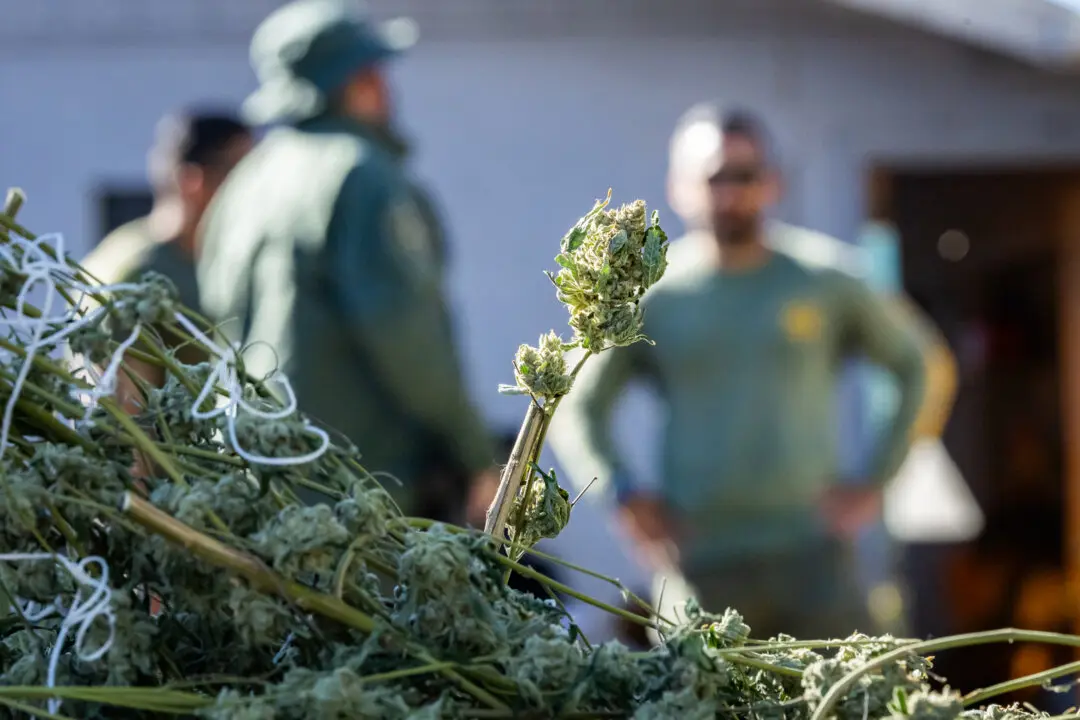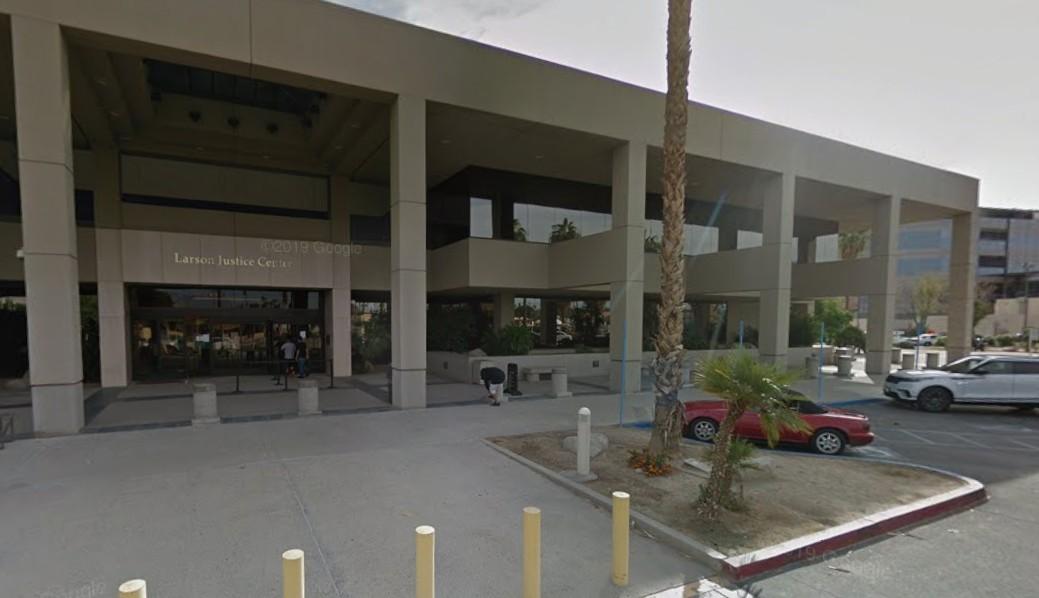Hidden in the mountains above Pala, Calif., in northern San Diego County, lies a treasure trove of gems and network of mine tunnels, steeped in tales of wonder and woe, that helped make the Golden State what it is today.
Though the gem fever that hit the Pala region more than a century ago pales in comparison to the California Gold Rush of 1849, the gem mining boom in Southern California was every bit as rich and colorful.





